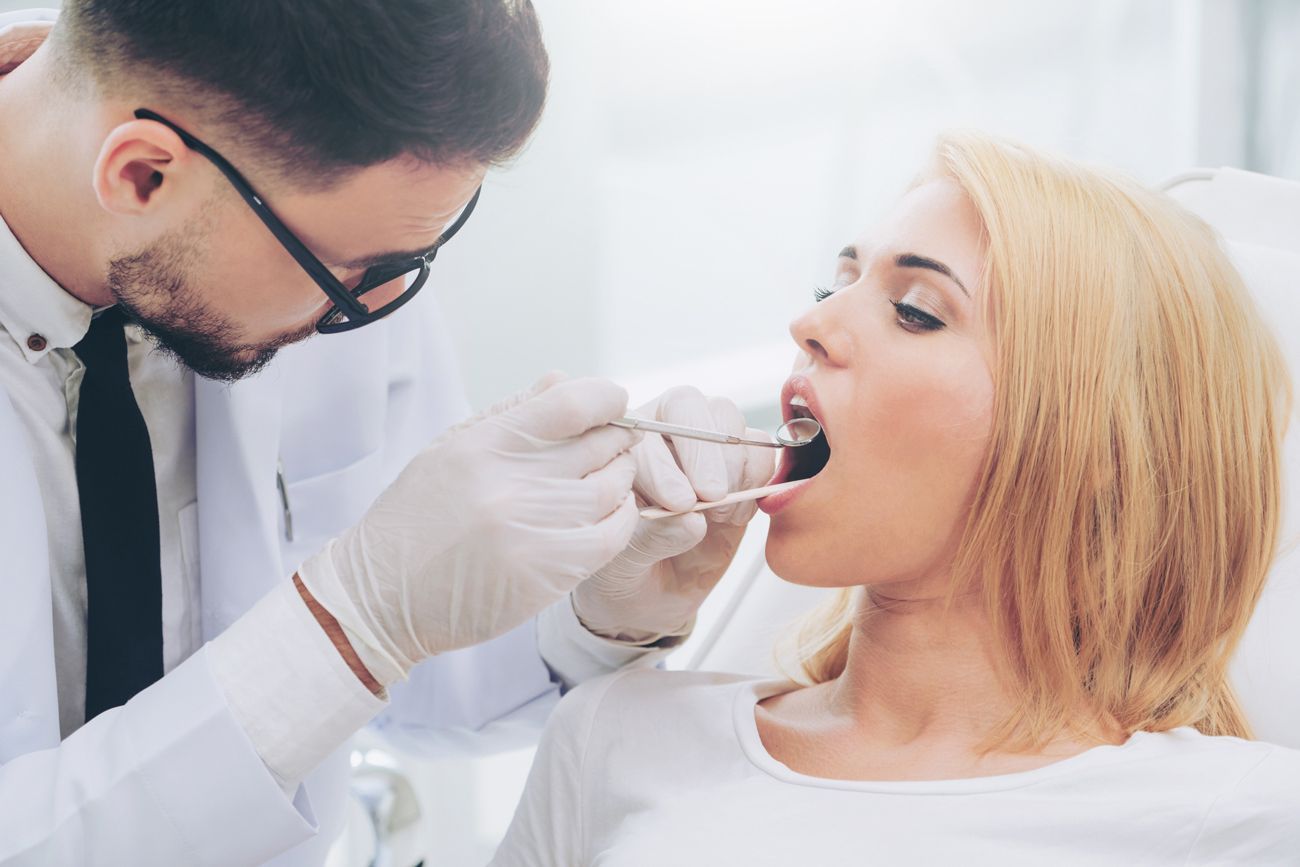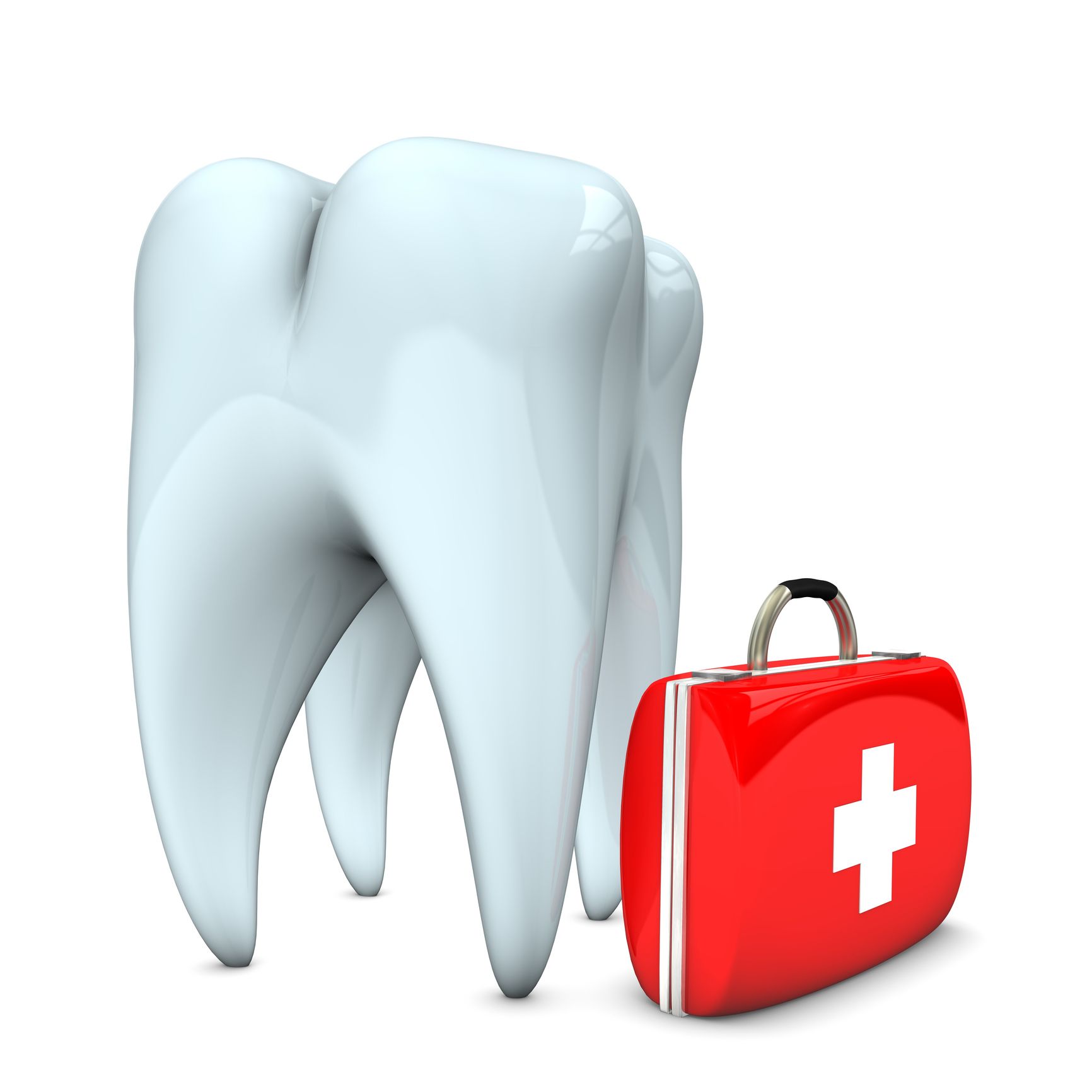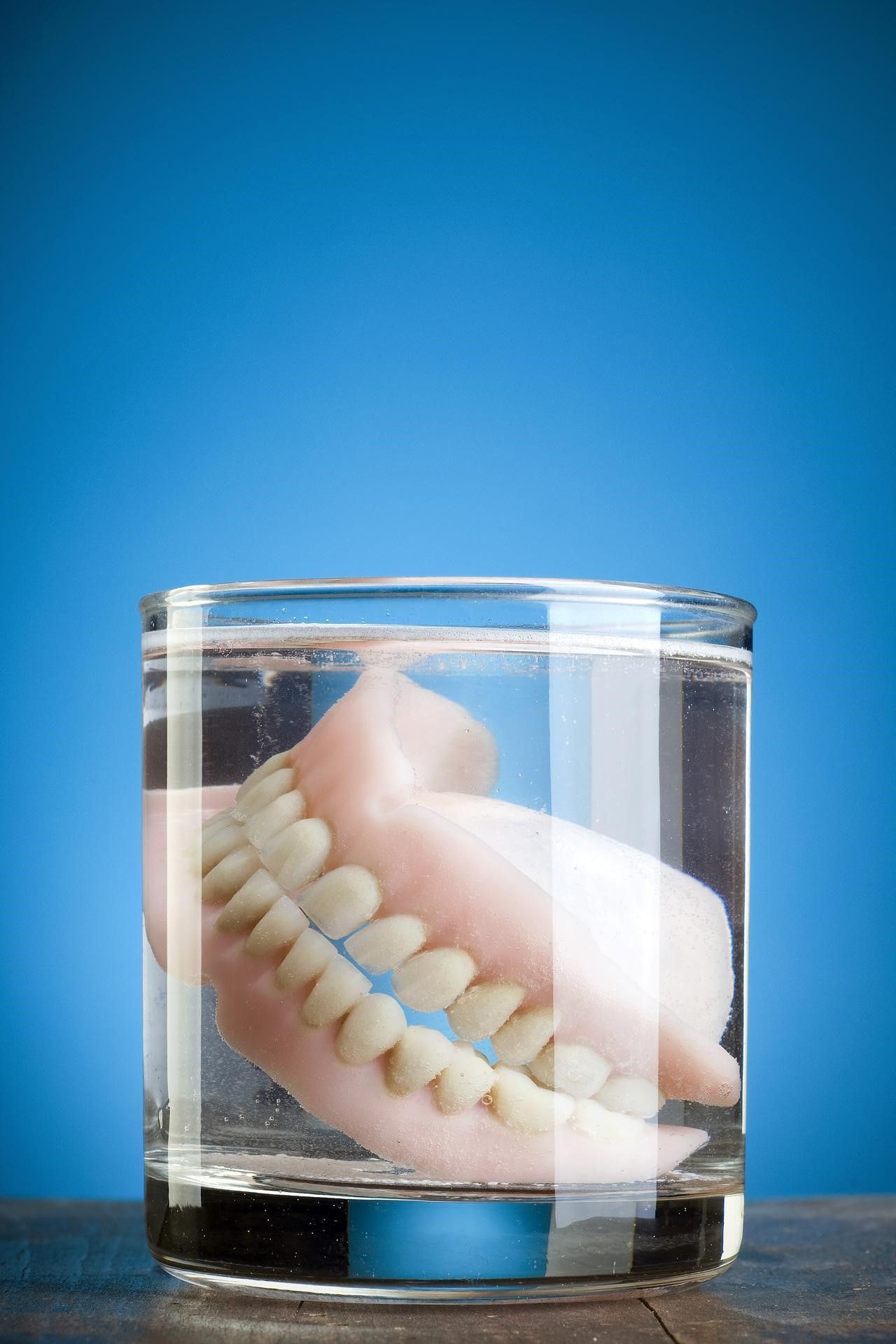What To Know About Dry Socket

If you have a severely damaged tooth, your dentist may recommend extraction. Extractions are common and usually have few complications. One of the biggest complications after extraction, however, is dry socket.
Dry socket exposes the underlying nerve roots, which can result in extreme pain. If you are going to have a tooth pulled in the near future and you want to protect yourself against pain, check out these commonly asked questions about dry socket.
What Is Dry Socket?
After you get a tooth pulled, blood and other cells form a clot in the tooth socket. Once this area heals, it becomes normal gum tissue that can be treated just like your normal gums. As long as your gums are healthy, the area should even be strong enough to support a dental implant. However, while the area heals, there is a risk of the blood clot getting dislodged.
Without the blood clot, your underlying bone and nerves are exposed directly to the air. Food particles can also get stuck in the tooth socket, which may lead to infections and/or slowed healing. To prevent dry socket, your dentist may provide some antibacterial mouthwashes or medications, but there are still a lot of risk factors that can lead to dry socket.
What Causes Dry Socket?
Most researchers believe dry socket is caused by bacterial contamination or trauma at the surgical site during extraction. However, you can also actually suck the blood clot out of the socket with actions like smoking or using a straw.
Smoking also increases the risk of complications because it reduces blood flow to the area, which slows the healing process. Other risk factors include taking oral contraceptives, improper at-home care (brushing too hard), and a tooth or gum infection. Regardless of the cause, however, most patients with dry socket experience many negative symptoms.
What Are the Symptoms of Dry Socket?
In some cases, the symptoms of dry socket are visible. You can literally look at the socket and see the blood clot is missing (the blood clot may be totally or only partially missing). You may even be able to see the underlying bone through the socket. Other symptoms include bad breath and an unpleasant odor.
Of course, the most relevant symptom of dry socket is pain. With your bone and nerve roots exposed, you will notice severe pain at the site of the socket. For many patients, the pain also radiates to the ear, eye or temple as it follows the nerve's path. If you notice any of these symptoms, it's time to head back to your dentist as soon as possible.
How Is Dry Socket Treated?
Ultimately, dry socket is treated naturally as the socket heals. However, there are some things your dentist can do to reduce the risk of infection and lower your pain. First, the dry socket may need to be regularly irrigated to remove any food particles that have gotten trapped. To help with the pain, the dentist will pack an analgesic medicated dressing into the socket.
Depending on your level of pain and how long it takes to heal, you may need to replace the dressing while the area heals. For most patients, this dressing provides fast and effective relief, but if you need more help, ask your dentist about over-the-counter or prescription medications.
Dry socket can happen to anyone, but it is more common if you don't listen to your dentist's after-care instructions. Actions like smoking or brushing your teeth too hard can dislodge the protective blood clot.
Luckily, your dentist can help with pain, but the best course of action is to avoid dry socket, so if you want to know more about dry socket and how you can prevent it, contact us at Eastland Dental Center and Professional Dental Care.









